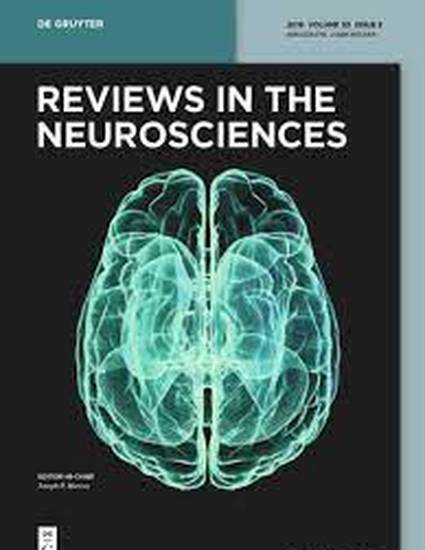
Reticulon 3 (RTN3), which is a member of the reticulon family of proteins, has a biochemical function of shaping tubular endoplasmic reticulum. RTN3 has also been found to interact with β-site amyloid precursor protein cleaving enzyme 1 (BACE1), which initiates the generation of β-amyloid peptides (Aβ) from amyloid precursor protein. Aβ is the major proteinaceous component in neuritic plaques, which constitute one of the major pathological features in brains of Alzheimer's disease (AD) patients. Mice deficient in or overexpressing RTN3 have altered amyloid deposition through effects on BACE1 expression and activity. In this review, we will summarize the current findings concerning the role of RTN3 in AD pathogenesis and demonstrate that RTN3 protein levels act as age-dependent modulators of BACE1 activity and Aβ deposition during the pathogenic progression of AD.
